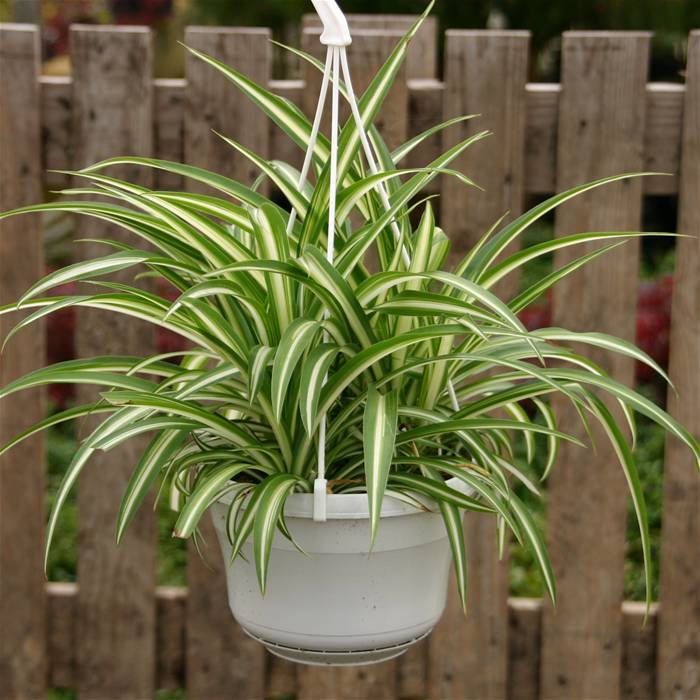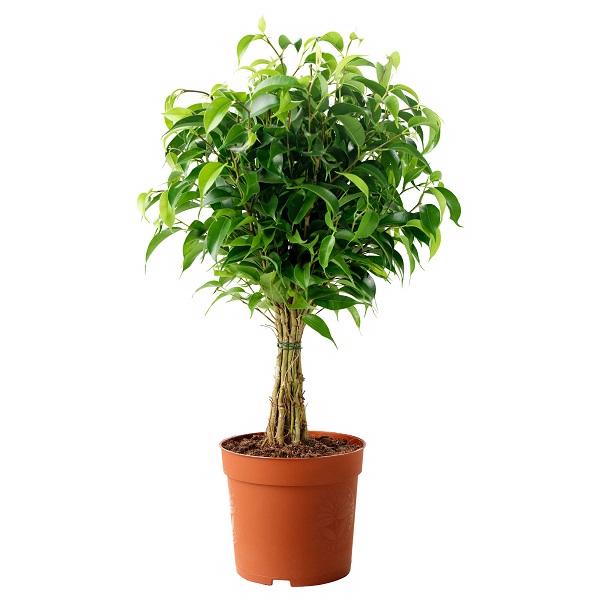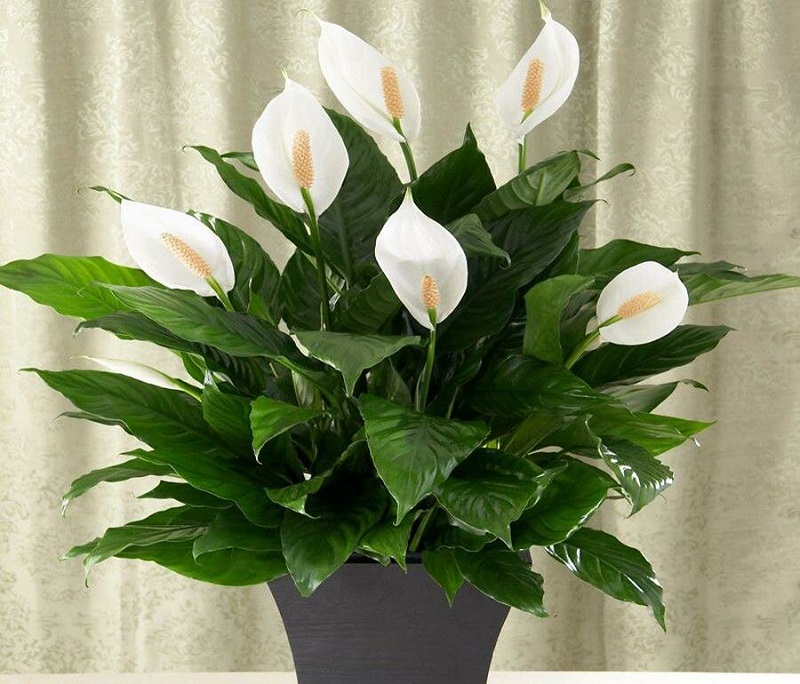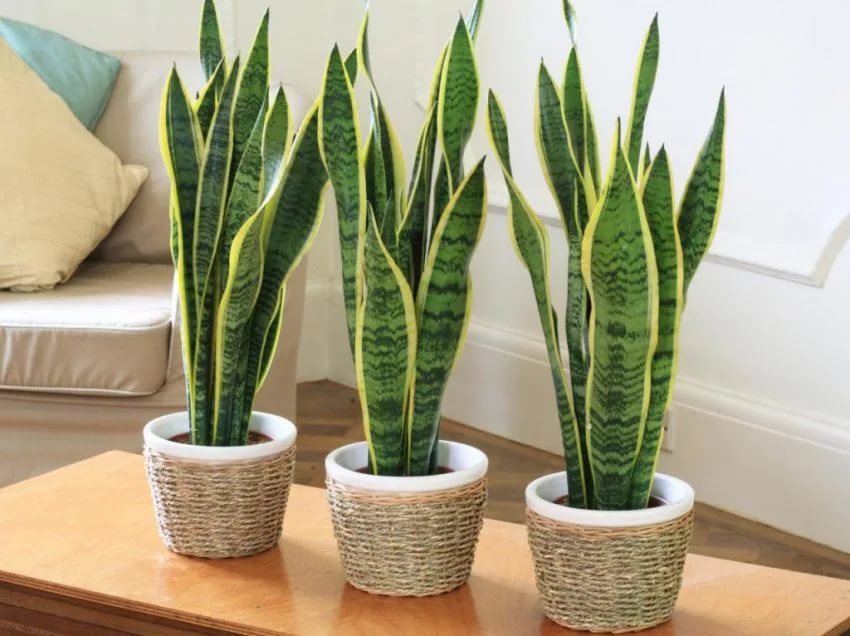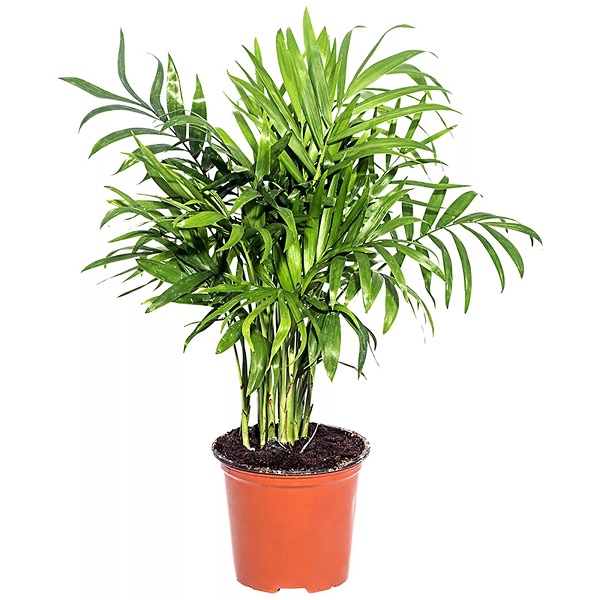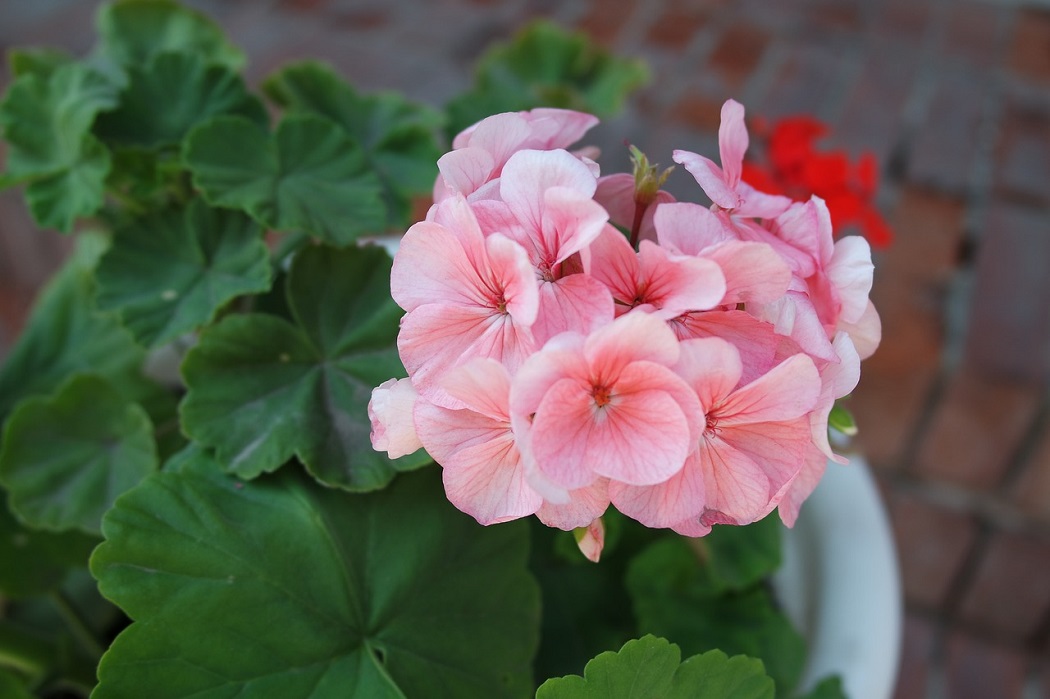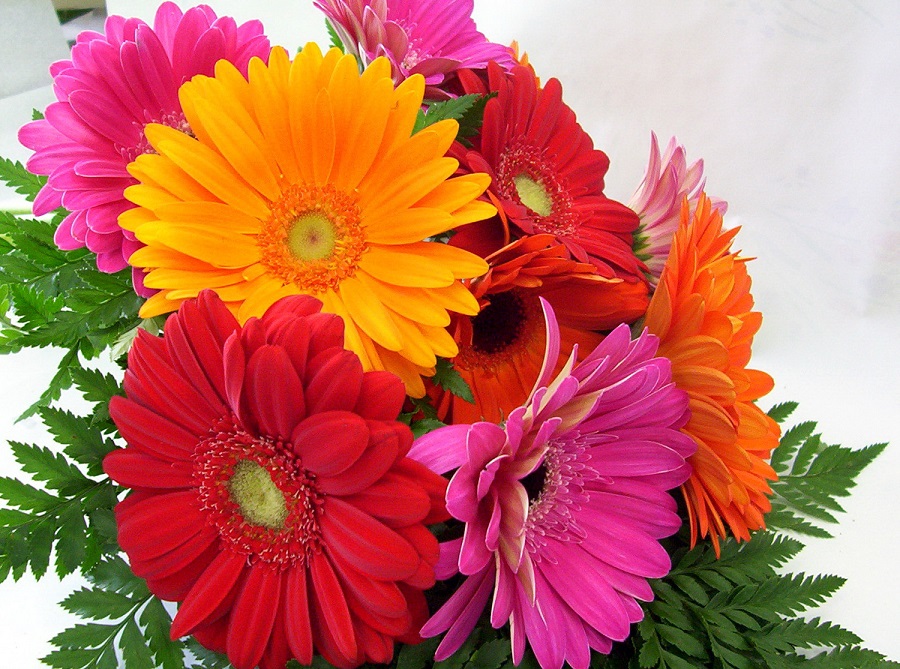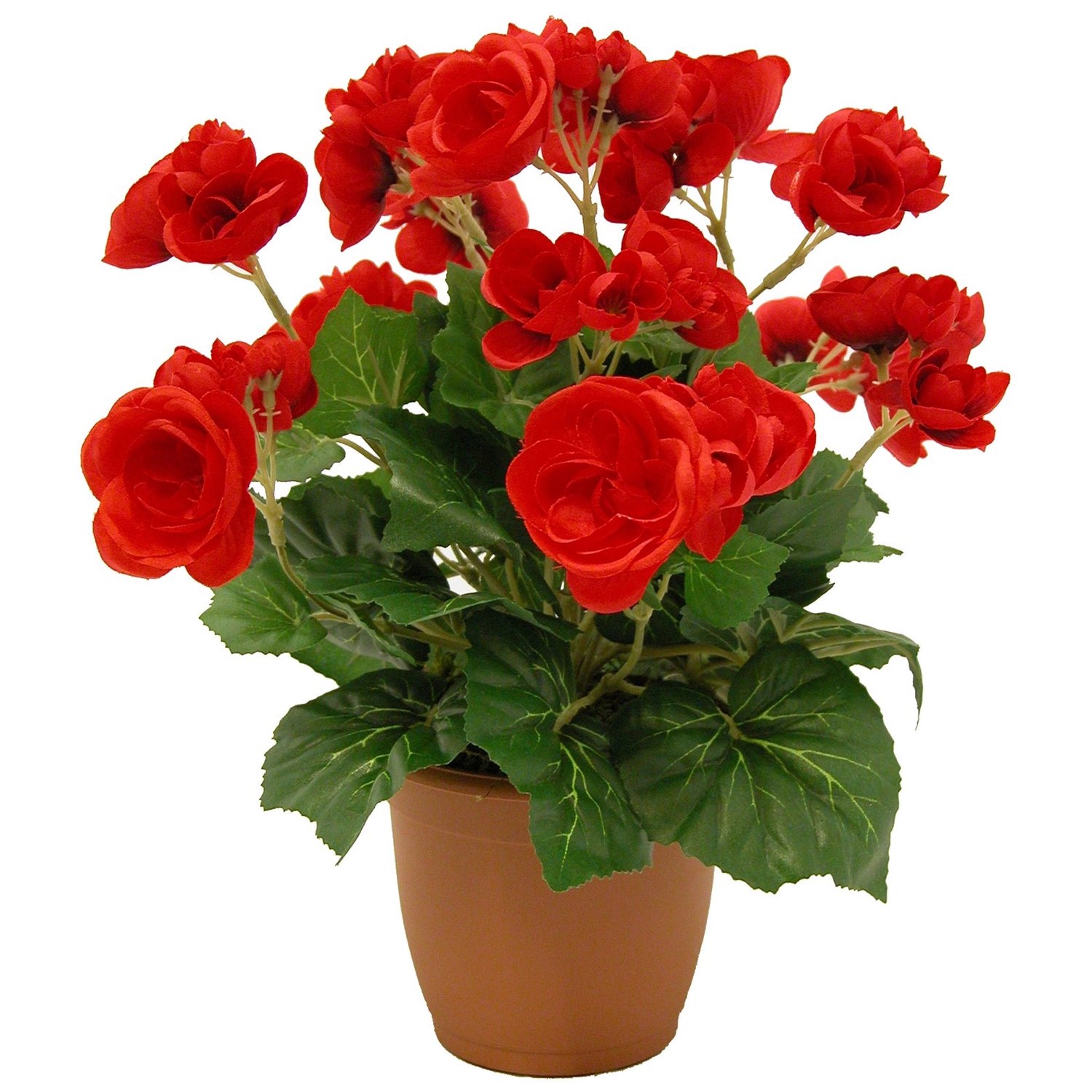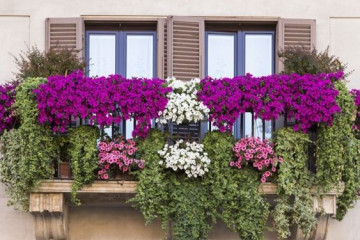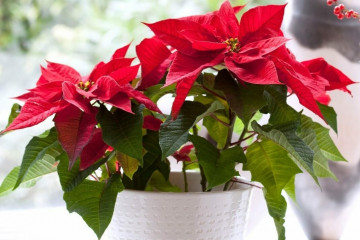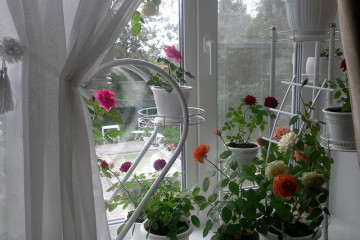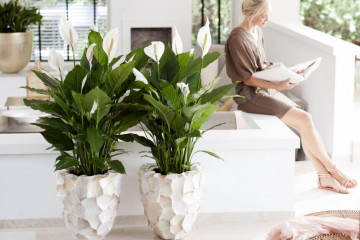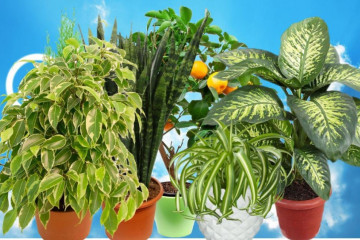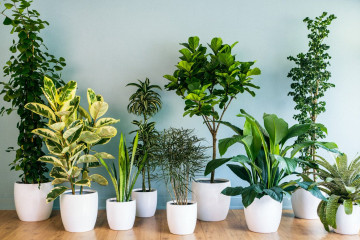Indoor plants that purify the air in the apartment
Content:
Housewives love to decorate their windowsills, staircases, corners of the apartment with flowers and plants in pots. It is not only beautiful, but also good for your health. Some indoor plants have the ability to purify indoor air, thereby creating a favorable microclimate in rooms for residents. You can find out which plants will help remove harmful substances from this article.
Indoor plants that purify the air in the apartment
Indoor plants that purify the air can often be seen in residential apartments and houses, as well as offices, schools, kindergartens, and recreation areas.
Notable representatives:
- Chlorophytum. People call it "green lily" or "spider". This useful ornamental plant is quite unpretentious. It is absolutely undemanding to watering, although with abundant moisture it quickly builds up green mass and grows. Grows well both in the shade and in the light. Chlorophytum is capable of destroying toxic microorganisms, as well as hazardous chemical compounds (benzene, formaldehyde, xylene and carbon) in just a day. This is because the "spider" has an amazing property: it absorbs chemicals, instead of releasing oxygen. The dirtier the indoor air, the better it grows. It is better to put this irreplaceable assistant on the windowsill in the kitchen, as it effectively fights volatile compounds formed during gas combustion.
- Ficus Benjamin. A luxurious tropical plant converts harmful substances into amino acids, thereby purifying the air. Ficus Benjamin is a real find for the owners. It will decorate even the most boring interior and create a healthy microclimate in the apartment. Indoor "tree" does not tolerate drafts and proximity to radiators;
- Spathiphyllum. The flowering plant perfectly cleans the air, it is also called "female happiness". There is a belief that this flower brings good luck in love to the fair sex. Spathiphyllum can be placed on the north side of the house or on a flight of stairs because it feels good in the shade. The plant needs high humidity. The flower saves the home from ammonia, formaldehyde and trichlorethylene, fights mold spores in the air. Therefore, there is no better place for spathiphyllum than a kitchen and a bath;
- Sansevieria, or "mother-in-law's language". This plant is grown in different countries of the world and everywhere it is assigned a new interesting name. Sansevieria is also called "pike tail", "Indian sword", "cuckoo tail" and even "African hemp". Sansevieria is undemanding to watering, feels great in the shade. The plant can be placed anywhere in the apartment, it will be comfortable everywhere. The "pike tail" is capable of producing large amounts of oxygen, as well as producing phytoncides that are active against streptococci that provoke scarlet fever, sore throat and pneumonia. Mother-in-law's tongue eliminates almost all hazardous chemicals (nitrogen oxides and formaldehyde);
- Bamboo palm, aka hamedorea. Indoor plant does not require special care, tolerates shade and irregular watering well.The palm tree does not like excessive moisture, sun rays and drafts. It is appreciated by flower growers not only for its exotic beauty, but also for its beneficial properties. Hamedorea is able to cleanse the room from harmful substances (benzene, formaldehyde, trichlorethylene, xylene), thereby creating a safe microclimate in the house.
Indoor flowers that purify the air
Recommended options:
- Indoor geranium (pelargonium). These are the favorite flowers of our grandmothers. They can be white, pink or red. In almost every apartment there was a geranium on the windowsill; now the hostesses prefer to grow other flowers. It is difficult to say what other flower has such a healing effect. It doesn't matter what color the geraniums are, they equally help to clean the apartment of staphylococci and streptococci, their leaves have a bactericidal effect. Ancestors believed that pelargonium protects against evil spirits, studies have shown that the plant ionizes and purifies the air. For many people, geranium helps to cope with migraines and bad moods. Geranium does not require special care, tolerates low temperatures and takes root well in any soil. The only thing is that the flower does not like very much when its leaves are sprayed, it needs to be watered at the root;
- Gerbera. A bright flower that loves the sun and warmth. It not only cheers up with its iridescent appearance, but also cleans the air well from benzene, trichloethylene and formaldehyde;
- Begonia. The flower is easy to care for, perfectly cleans the air in rooms in which household chemicals are often used. Begonia is ideal for cleaning the room from fungi and bacteria, it has antimicrobial properties, it attracts dust perfectly. The plant can protect against radiation from electrical appliances.
The best location for begonias is the east or west windowsill.
How to create a welcoming indoor atmosphere
You can clear the air and revive even the most dull interior with indoor flowers, it does not require large expenses. Thanks to plants that eliminate toxins, the apartment will turn into a cozy, environmentally friendly "nest".
How the cleansing properties of plants were discovered
Many are interested in where such data come from that it is the above plants that have such amazing abilities.
In 1989, scientists from the National Aeronautics and Space Administration (NASA) conducted research that identified the best indoor plants for purifying the air.
Table of hazardous substances and plants that neutralize them
| № | Toxin name | Source of toxin | Diseases | Plant |
| 1 | Formaldehyde | Furniture made of fiberboard, chipboard, plastic dishes, tobacco smoke, household gas | Allergies, skin diseases, asthma, irritation of the mucous membranes | Chlorophytum, spathiphyllum, Bamboo palm (hamedorea), sansevieria or "mother-in-law's tongue", geranium, gerbera, etc. |
| 2. | Benzene | Detergents and cleaning products, rubber products, tobacco smoke | Provokes the onset of leukemia, causes convulsions and shortness of breath, lowers blood pressure | Geranium, chlorophytum, ficus benjamin, bamboo palm or chamedorea, gerbera, etc. |
| 3. | Trichlorethylene | Means for cleaning fabrics and carpets, printers, paints and varnishes, chlorinated water | Causes psychomotor agitation, irritates the skin and eyes, affects the kidneys and liver | Spathiphyllum, bamboo palm or chamedorea, gerbera, etc. |
| 4. | Xylene | Adhesive, plastic, car exhaust, leather goods, tobacco smoke | Irritating to skin and respiratory tract and eye mucosa | Hamedorea, chlorophytum, etc. |
| 5. | Ammonia | Computer equipment, tobacco smoke, household chemicals | Cough, sore throat, chest pain, in severe cases, pulmonary and laryngeal edema | Spathiphyllum, begonia, chlorophytum |
How many plants do you need to purify the air in a room
Many housewives are interested in how many pots of flowers are required for more effective cleaning of rooms?
Calculate the required number of home flowers by area as follows: 5 sq. m room requires one indoor plant that purifies the air. If the space of the apartment does not allow, then you can arrange flowers at more distant distances from each other. Which of the above plants to give preference to is a matter of taste. In any case, such landscaping of the apartment will have a beneficial effect on the health of the residents.
Recommendations:
- Healthy flowers are much better at eliminating harmful substances than weak and diseased ones, so it is important not to forget to take care of them. Wipe dust from foliage more often;
- The thicker and larger the foliage of the plant, the better it cleans the air;
- It is imperative to put plants in the kitchen, where the most burning, smoke and harmful substances are emitted. Useful flowers will help to smell freshness in the kitchen;
- If you put flowers containing essential oils (for example, geranium) in the bedroom, then your sleep will become much better.
With indoor plants that purify the air, you can create a true flower paradise in your room. Households will not only get aesthetic pleasure from flowers and plants, but also maintain a healthy microclimate in the apartment.
